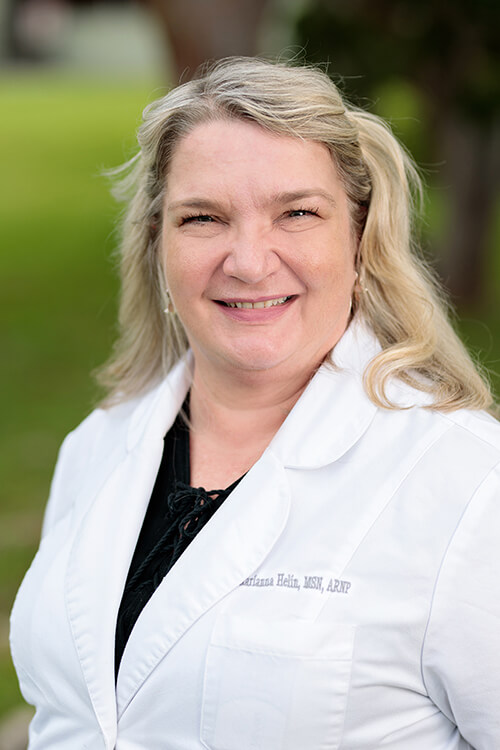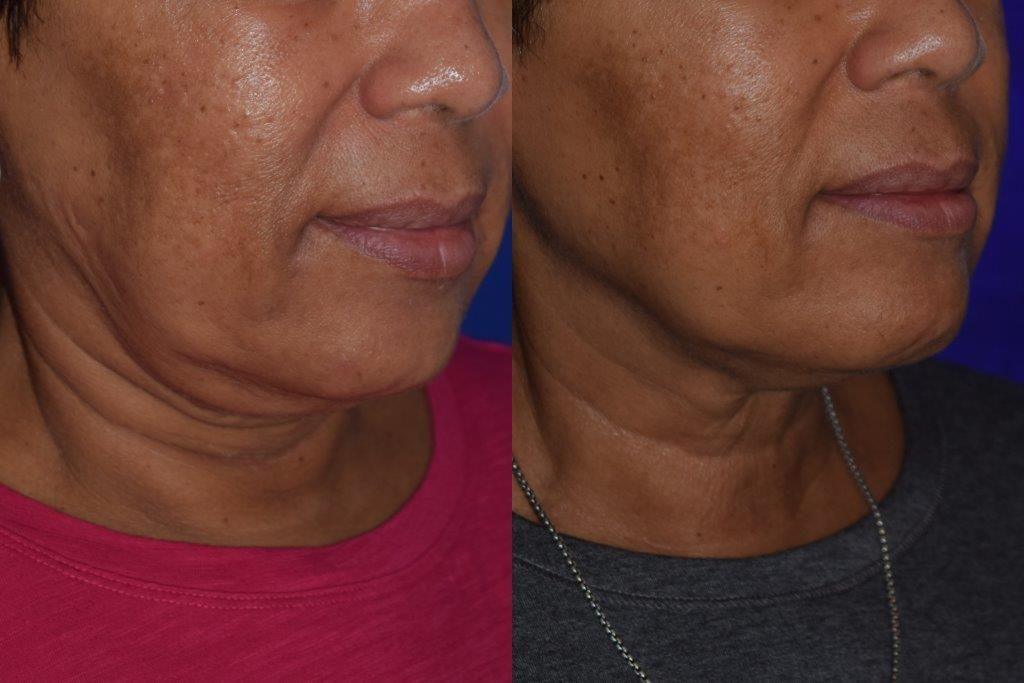
A nasolabial filler procedure can make your facial features look more natural. A skilled cosmetic surgeon is qualified to inject dermal and/or hyaluronic fillers. You can also increase the volume of your cheeks.
Dermal fillers
The common aesthetic problem of dermal nasolabial wrinkles can be corrected with dermal fillers. These injectables have a high safety rating and are effective in reducing the depth of the folds. They also provide a smooth appearance. The patient can expect to notice noticeable results in 9-12 months.
Patients need to know that dermal Nasolabial Fold treatment is not cheap. Prices will vary depending on the type and brand of treatment. The amount of filler used also affects the price. It may also vary between regions, so it's important to discuss cost before getting the procedure. You may be able to finance the procedure through your provider even if your health insurance doesn’t cover it.
Filler with hyaluronic acid
To treat nasolabial wrinkles, hyaluronic acids dermal filler may be used. Loss of collagen and elastin can cause folds. The loss of collagen and elastin can also result from smoking and too much sun exposure. This filler is effective in softening the creases and creating a smoother appearance.

Hyaluronic Acid filler injections are a minimally invasive procedure. It involves injecting filling material into the folds. The results of the treatment will be visible in just a few weeks. They can also last up to 18 years. Unlike conventional injection techniques, hyaluronic acid filler injections are safe and effective.
Bruising
After a nasolabialfold filler injection, patients may experience bruising. This is caused by the Tyndall effect, which occurs when the filler's needle damages nearby blood vessels and blood leaks into the surrounding tissue. Although bruising is typically temporary, the Tyndall Effect can last for several months with no treatment. You should also know that the Nasolabial-Filler filler can take upto nine months to fully dissolve so there is a possibility of bruising.
To reduce the intensity of the bruises, you can apply a Hirudoid lotion or Lasonil. These creams are available over-the-counter. They should be used gently.
Necrosis
Necrosis of the nasolabial fold is a potentially serious complication that can result from the use of a tissue filler. Fortunately, there are several treatments for this condition. Some of these involve the use of local flaps or free grafts. These procedures should be done at least three months after necrosis to ensure that surrounding tissues are in good condition and the deformity is not irreparably damaged. Although reconstructive rhinoplasty may be an option right away after necrosis has occurred, it is not usually recommended for cases of non-arterial vascular compromise.
Although the exact cause of this problem is not known, it seems to be linked to vascular compromise. The problem can impact the glabella (nasal bridge), and lateral artery (nasal artery), which are responsible for providing blood to this region. The problem may spread to the nasal ala, septum and ophthalmic vessels. Most often, however the vascular compromise of the nasolabial wrinkles occurs within the columellar and not in the facial or columnsellar arteries.

Permanence
The nasolabial wrinkle is a deep crease that runs along the edges of the nose from the corners. Because of its unique shape, this area is commonly called the "parentheses" line. These folds naturally develop and are visible in children when they smile. If you are unhappy with the appearance or feel that they are affecting your facial contour, then it is time to look into permanent treatments.
A low cost, small amount of dermalfiller could be an option. A doctor will assess the severity of your folds and determine the right dosage. A lower dose is often recommended if you have a history of dermal filler complications, are looking for subtle results, or have budget restrictions. If you don't see results, your doctor will recommend a smaller dose. Then, repeat the procedure if necessary.